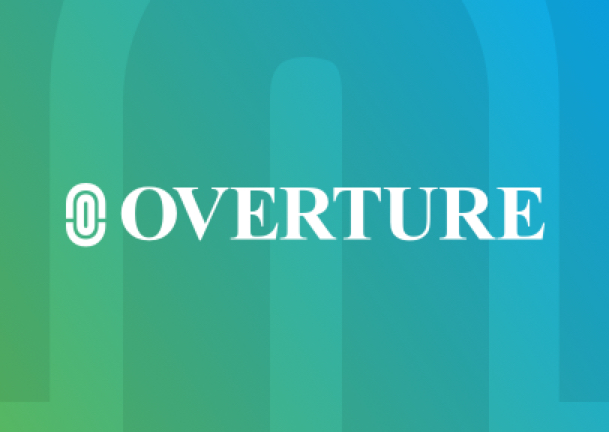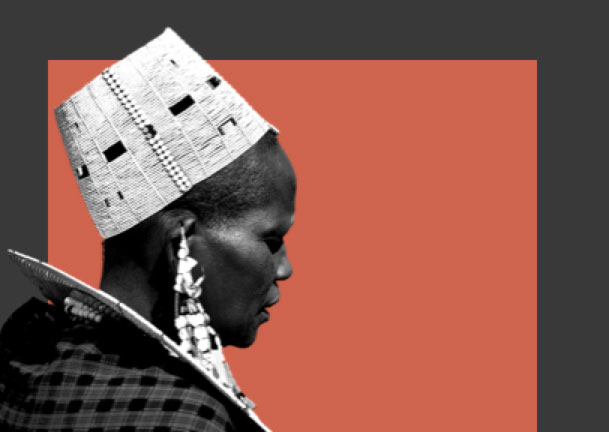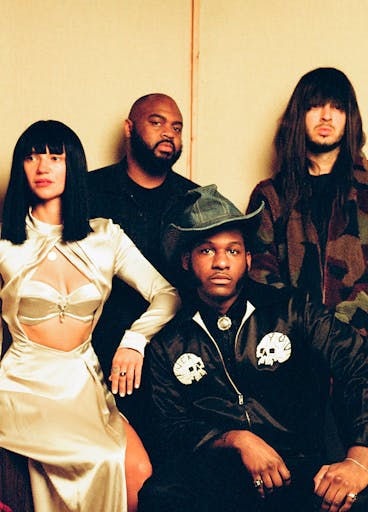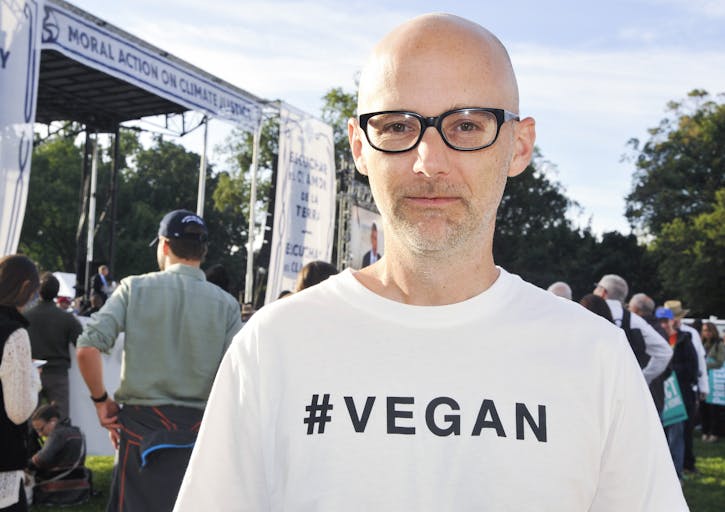Founded in 2012, Ripple is one of the original blockchain-powered payment-protocol networks. Its cryptocurrency, XRP, or just Ripple, trades consistently on crypto markets, and the company has received tens of millions of dollars in investment. But none of that satisfied cofounder Jed McCaleb, who fought with his partners and investors over the company’s direction and his own XRP holdings. Despite its novel technological roots, one of Ripple’s primary goals involves integrating itself into the current banking system rather than building something entirely new. McCaleb had other ideas, so he left the company in 2013.
The following year, McCaleb cofounded the nonprofit Stellar Development Foundation. The SDF currently articulates its ambition as offering “low-cost financial services to fight poverty and develop individual potential” and to “create financial inclusiveness for all.” Stellar’s technology is based on Ripple’s, though it has since forked off into its own protocol for powering the Stellar Network. And Stellar’s mission has since attracted funding from payment providers like Stripe and corporate donations from Google and the BlackRock investment company.
Stellar’s primary focus is the unbanked—those without access to a bank or other financial institution, who are often in underbanked markets that do not have enough banks to fill demand for financial services. Unbanked people either live in an underbanked area, or their financial institutions do not provide services to them for one reason or another. This is a far larger issue than one might imagine, as there are an estimated one billion unbanked households around the world. “Payments have not kept up with the internet,” McCaleb told Memeburn in 2015. “Money works fine in the developed world. The people who actually get screwed are the people who pay 10 percent remittances or those who can’t get a bank account.”
According to the United States government, as of 2015 there were an estimated nine million unbanked households in America. That’s a fraction of the underserved households globally; in Africa, it’s estimated that only 25 percent of all households have traditional financial services or banking. That comes to roughly 230 million unbanked households. China has an estimated 263 million more, with 135 million in India, 42 million in Latin America, and 19 million in central and eastern Europe.
The Stellar Network offers a global payment system with a transaction speed of three to five seconds that is based on blockchain technology. It’s free to use, and all software for the network has been released under the Version 2 Apache License, allowing free modification and distribution. By keeping the Stellar Network free and assisting development of financial products and services within it, the SDF hopes to encourage the spread of low-cost financial offerings for the unbanked and those living in poverty.
When Stellar’s network was created, it began with a reserve of 100 billion lumens—Stellar’s own network token. New lumens are added at a rate of up to 1 percent per year. The SDF held 5 percent of the original pool, while the rest were distributed through several programs and to help grow the Stellar blockchain network. That 5 percent helps fund the operations of the network; the SDF does not otherwise profit from use of the Stellar Network and collects no fees on transactions. Membership in the foundation itself is limited, and all members are given voting rights to help guide its work. Membership fees also help fund SDF operations.
The Philippines represent an early hotspot of potential Stellar adoption. Around 60 percent of citizens do not have a bank account; the majority of money is moved through local remittance centers. In a nation of roughly 2,000 inhabited islands, obtaining a remittance can include land and sea travel up to several hours each way. It can cost up to 6 percent to send money through these centers, and they make mostly ad hoc agreements with other centers that include varying parameters. That means not all remittances can be picked up at all centers, requiring more coordination and hassle that can range from the merely inconvenient to the insurmountable.
Bloom Solutions’ BloomNet aims to streamline the Philippine remittance business by connecting the centers through a high-speed, secure, low-cost money transfer system via the Stellar Network. Getting more remittance centers on the same network means less travel and more access for the consumers. The benefits for the companies that own the centers include expanded access to consumers, more incentives for customers to utilize their centers, a single API for all remittances, and almost instant transaction settlements. At present, many transactions are settled at month’s end, and the companies have to wait to be reimbursed for payouts. While BloomNet will not itself work directly with consumers, the thinking goes that a more efficient overall system will allow the remittance companies to focus on expanding access to the underserved.
Stellar has signed several key partnerships with payment providers around the world in hopes that the unbanked and underbanked will get better access to financial services.
Also in the Philippines, a mobile app from Coins.ph allows anyone with a Stellar wallet to send money to a Philippine mobile phone number. Transactions can also be sent through any connected payment company or financial services provider.
Elsewhere, Flutterwave provides payment services in Africa. Through a Stellar integration, they can facilitate cross-border payments for not only the 21 million people using their mobile payment platform in Kenya, but for all of Africa. In India, ICICI Bank is integrating with Stellar in order to create a cross-border payment system with lower fees and faster transaction times. The bank provides a Stellar-backed mobile wallet to larger customers like universities and office campuses, with more programs planned for the future.
IBM is a major partner as well, as they’re running Stellar nodes allowing cross-border payments throughout Australasia and Oceania. This includes 12 currency corridors such as Australia, New Zealand, the United Kingdom, and many Pacific Islands. Financial institutions in the IBM blockchain group hail from Thailand, Indonesia, Argentina, Australia, the Philippines, and beyond. “It’s easy for IBM to sell to major banks because they have a relationship with all of them, and that’s why they help us with that. We don’t want to be an IBM product, but it’s the only way to get a worldwide adoption,” McCaleb said at an event at Fintech Week Tel Aviv 2018.
More partners continue to join the roster. In 2017, Stellar added six in Africa, eight in the Asia-Pacific region, five in the Persian Gulf, four in the Americas, and three in Europe. This network of partners now covers the majority of the world, and Stellar’s ambition is to provide all those billion underserved households a new level of financial power and independence by 2020. That is also a goal of the World Bank, as part of their Understanding Poverty initiative, which seeks to give the unbanked “access to a transaction account to store money, send and receive payments as the basic building block to manage their financial lives.” It seems that Stellar may be on the verge of getting to it with its blockchain-based system before the current banking system does.











